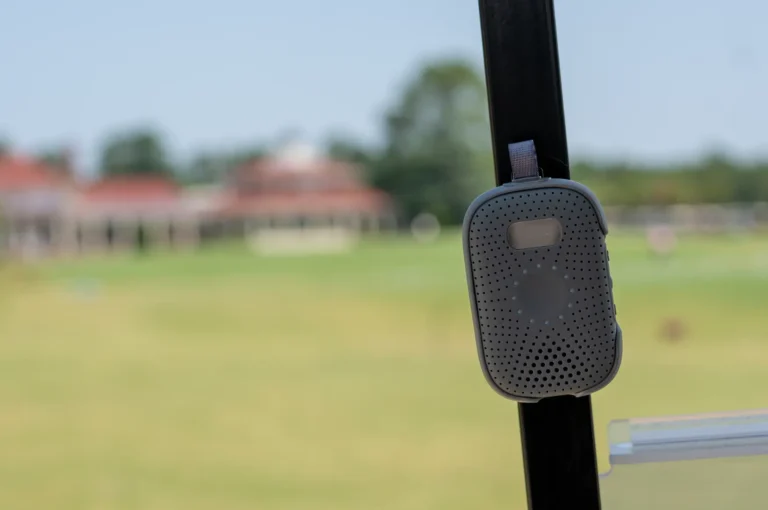Effective communication is the backbone of any organization, but it takes on an even more critical role for frontline teams. Frontline workers operate in an extremely unique environment where every day can look drastically different. The one thing these workers should be able to rely on is functional communication between teams and other staff.
There are some broader strategic points to bear in mind when designing a communication strategy for frontline workers to ensure every person feels safe, heard, and empowered. While each strategy will likely look different based on the specific situation and working environment, there are some common mistakes managers should avoid regarding communication for their teams.
- Not having a plan in place
When it comes to communication, managers should first create situational strategies and consider whether they address the key concerns that frontline workers may have. Emergencies can escalate quickly, and there’s often little time to think and react. Guests will have immediate concerns and issues that need to be resolved ASAP. No matter what the situation is, frontline workers need to be able to rely on a plan to get them through the issue effectively.
One of the common mistakes in these situations is that staff may not always be adequately or frequently trained enough on who to reach out to in different situations. Not teaching or enabling them to communicate with the various types of people they may encounter can further compound issues. For example, different strategies may be required when communicating with guests versus internally, or there may be nuances in protocol depending on the situation.
Strong communication strategies reduce the cognitive load for frontline workers during these situations. A clear plan also improves operational efficiency while ensuring there’s a standard operating procedure everyone feels confident in. Having a standard process ensures that everyone is on the same page regarding dealing with situations as they arise.
- Not using a communication tool
When designing a communication strategy for frontline workers, there are a few considerations:
- Who will they need to speak to in a fast-paced, unpredictable situation?
- How quickly will they need to get in touch with someone?
- How will they communicate with one another?
The answers to those questions will shape the foundation of communication, but its execution needs to address any fears, issues, or doubts each team may have. Communication strategies should also reduce the manual effort that goes into getting in touch with someone to cut down response times.
That’s where communication tools play a vital role. Research shows that employees are 450% more likely to leave their jobs when the company is behind in tech and tools. While there’s a human element to communication, having a tool in place allows frontline teams to get in touch with one another more effectively.
However, it’s also key to select a communication tool that fits your staff’s behavior and enables them to communicate quickly based on what they are already used to. Some staff may feel more comfortable using cell phones, while others may prefer other communication tools such as radios, walkie-talkies, or paging systems. Regardless of which tool is being used, these devices enable frontline workers to resolve issues faster, spend less time searching and hunting for information on the ground, and feel secure and safe because they know they’ll have a quick response on the other side.
- Not utilizing translation devices
One element of frontline work often overlooked in communication strategies is the role of language. Frontline workers need to feel confident, empowered, and safe in different situations.
Translation is key to how effectively frontline workers resolve issues and work with others. Substantial language barriers can complicate an already stressful situation and make it difficult to reach a resolution.
If frontline workers cannot understand the needs of the person in front of them, how can they provide the right solution?
Studies have found that frontline workers need education and resources to communicate confidently with those who speak languages other than English. Communication strategies also need to include translation devices so that frontline staff have the resources to communicate in different languages and understand what others need.
Communication often breaks down when frontline workers aren’t able to understand the needs of the person they are working with, particularly when a strong language barrier is involved.
- Communicating with frontline workers in the same way as with corporate
Managers need to consider what frontline workers need versus what corporate needs. While there might be some overlap, the likelihood is that frontline workers need a different communication approach and want to have their voices heard. Research conducted with frontline workers in the UK, US, and Australia found that 40% of workers said that communications from management felt “out of touch”, and 42% of respondents found corporate communication irrelevant.
Fundamentally, frontline workers see people day in and day out, and their communication needs differ because of that. What frontline workers see and experience based on their interactions will differ from what corporate sees, and it’s important to hold space for frontline workers in that regard. Honesty and transparency are important, as is encouraging open dialogue so frontline staff feel involved and heard.
- Not examining communication systems and tools from time to time
Another mistake often made in communicating with frontline teams is not revisiting strategy, tools, and what these individuals actually need. For many organizations, once a strategy is in place, that’s that. It may not be reevaluated much, if at all, and it can often end up contributing to feelings of irrelevance or outdatedness from team members. Not only is it essential to revisit systems and tools, but it’s important to consider frontline workers as crucial stakeholders in the process.
The frontline experience is dynamic. It changes based on many factors that vary from organization to organization. What worked a few years ago may feel less salient over time, but frontline workers may not always be able to share that kind of feedback. Creating space and time to revisit processes and systems is part of this. It’s also equally important for organizations to empower frontline workers to share their experiences; feedback is critical for creating and reinforcing better communication.
Frontline workers thrive with better communication
Fragmented communication makes it all the more difficult for frontline workers to do their work effectively. The right tools and systems speed up communication and ensure that frontline staff has a clear path and resources for any situation that may arise. With the right solution, organizations can enable frontline workers to respond to situations quickly, effectively, and confidently. You can learn more about how Relay unifies communication for frontline teams here.






